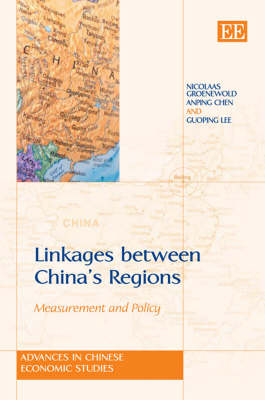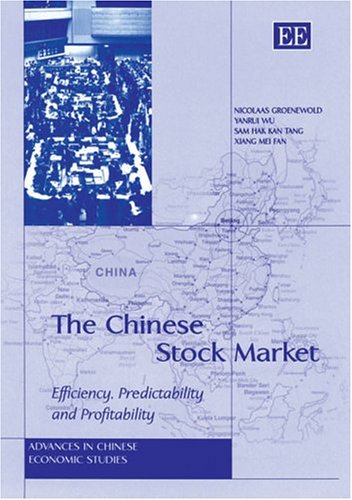Advances in Chinese Economic Studies
2 total works
Linkages between China’s Regions
by Nicolaas Groenewold, Anping Chen, and Guoping Lee
This original analysis of the linkages between regions in China, and regional policy since 1949, will prove an invaluable and illuminating account to a wide readership. This will include academics and researchers of Chinese studies and regional economics as well as policy-makers in the region.
The Chinese Stock Market
by Nicolaas Groenewold, Yanrui Wu, Sam H.K. Tang, and Xiang M. Fan
The authors address a variety of critical topics to assess the efficiency, predictability and profitability of the Chinese stock-market. They carefully examine the evolution and performance of the market over the past ten years and measure its level of efficiency using an array of empirical studies. The results reveal that not only is the stock market far from efficient but that it has also failed to properly integrate with other regional markets. Thus, the authors propose further reforms which they argue are necessary for the stock market to realize its full potential contribution to the operation of China's financial markets and to its continuing economic development.
The stock market in China will undoubtedly grow in importance and international influence during the next ten years. As such, this valuable new book will be required reading for economic researchers, business economists and market analysts, as well as academics with an interest in Chinese business and Asian finance.

